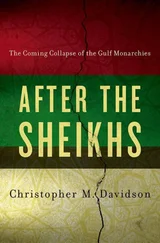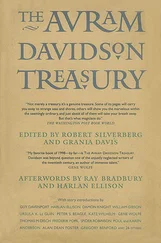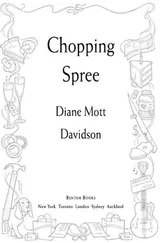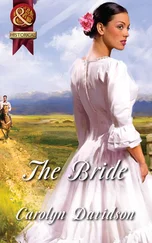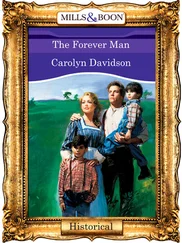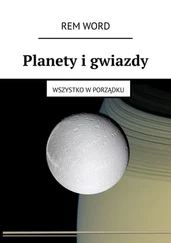Once the initial discovery was made and pieces of ancient scrolls began to appear on the market and change hands, news of the finds spread, and gradually over the next few years dozens of caves were discovered, eleven of which contained pots of scrolls. The scrolls came to Israel by various routes. Four were sold through an advertisement in the Wall Street Journal in June 1954 and bought for the Israel government by the archaeologist Professor Yigael Yadin for US$250,000. They were brought to Jerusalem and put on display in the Rockefeller Museum.
Eventually, work on reconstructing and preserving the scrolls began. It was a hugely complicated, delicate and flawed process at the start, because no one knew the best way to do it. The first scholars at the Rockefeller Museum in Jerusalem spread the fragments on trestle tables, and every two pieces that they thought matched they Sellotaped. Sellotape was the latest invention then, and they had no idea it would be so destructive. It penetrates the parchment or the papyrus and causes its disintegration. Much of the work of preservation today is about undoing — literally — the damage done, because they’re still trying to get the sticky mess off.
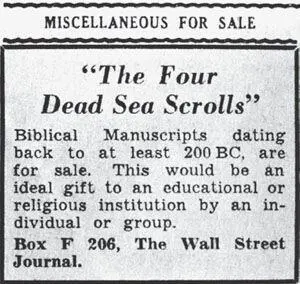
The ad that appeared in the Wall Street Journal
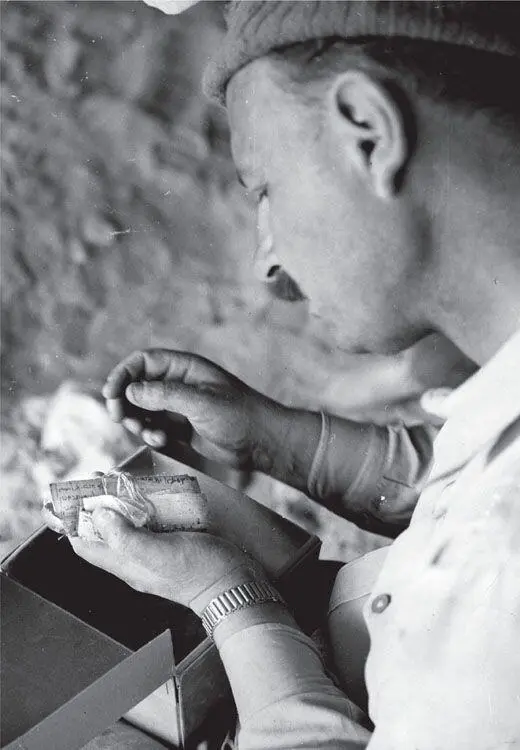
Archaeologist Yigael Yadin scrutinizing a piece of scroll on which Hebrew writing is clearly visible
Sellotape wasn’t the only well-meaning but harmful intervention. The British Museum sent a conservator in the 1960s to have a go with another treatment, which also proved to be quite damaging.
Different attempts to conserve and restore the scrolls continued through the 1970s and 1980s, and in the 1990s the project to publish them really got going. Scholars from all over the world were given access, provided they published, and so far, forty volumes of photographs of the scrolls, plus commentary, have been published by Oxford University Press.
As the team continued their work on repairing and preserving the scrolls, they were concerned in case they were, in their turn, causing more damage. They needed to know what was happening to the scrolls, what their underlying condition was, so they turned to state-of-the-art infra-red and multi-spectral multi-wavelength imaging, which can ‘see’ deep into the scroll and reveal things not visible in natural light — not just the physical condition of the parchment, but previously hidden words which allow scholars to interpret the texts afresh.
They went even further and, working with scientists and scholars, decided to digitize everything and make it available to the public online. The scrolls were photographed in the best-possible colour images, as well as infra-red, and published online alongside all of the translations, transcriptions, the bibliography and comments of the scholars. The imaging process shows up all sorts of things not visible before, including tiny details like the lines which the original copiers drew on the parchment before they started. Curiously, they wrote below the line, not on it, so it looks as if the words are suspended. All this — the scrolls in greater clarity than ever before, the transcription, the translation, the commentary — will be available online on your computer at home. Everyone, from the professional academic to the schoolteacher to the curious public, will have access. These precious, fragile bits of history, discovered by chance in the musty darkness of remote caves in the desert, have been preserved by the technology of the space age for the generations of the internet age, and beyond.
The scrolls are beautiful to look at, but they’re very human, too, because they have mistakes in them. Parchment and papyrus were expensive and precious, so they couldn’t just take a fresh sheet and start again. There are marks where someone has rubbed out his mistakes, and one where the word ‘God’ has been written in where it shouldn’t have been, but because the word was ‘God’, the scribe couldn’t just rub it out, so instead he marked it so that the person reading it out loud would know not to say it here. Literally, the word of God.

Stephen Fry examines a scroll at the Israel Antiquities Authority
Sir David Tang sits in the Luk Yu Tea House in Hong Kong. It is a throwback to colonial times — not the haunt of the guilo foreign devil (the white man) but of the old Hong Kong Chinese. Sir David is one of the most colourful and intelligent of its denizens and a true cosmopolitan. Born into a wealthy Hong Kong Chinese family, he was shipped off aged thirteen to boarding school in Cambridge and speaks perfect English. But he also speaks Cantonese, his mother tongue, which is spoken by some 70 million Chinese, and Mandarin, which is the official dialect of the People’s Republic of China (PRC), spoken by some billion people. He’s joined by his old chum Johnson Chang, and together they proceed to throw light upon the complexity of the Chinese language.
But there’s a problem with even saying this, as they explain that Chinese is not one language but a language family of some thirteen sublanguages, which are mostly mutually unintelligible. So a Cantonese-speaking person in Hong Kong cannot understand someone from Beijing, Shanghai or Chengdu. However, the good news is that it’s all written pretty much the same way, so although it sounds very different it can be read by everyone. Since Mao’s revolution in 1949, Mandarin has become the standardized form of spoken Chinese and is based on the Beijing dialect — not a popular move with the Cantonese, according to Sir David.
Johnson is a skilled calligrapher and demonstrates the rudiments of the writing system. Chinese characters, hanzi , are written within imaginary rectangular blocks, traditionally arranged in vertical columns, read from top to bottom down a column, and right to left across columns. Chinese characters are morphemes, units of language which are independent of phonetic change. As he dips his brush and with a few elegant strokes makes ever-more complex characters, Johnson explains that Chinese characters represent the oldest continuously used system of writing in the world, which has remained virtually unchanged for 3,000 years. The number of Chinese characters is approximately 47,000, although a large number of these are rarely used variants accumulated throughout history. Fortunately, literacy requires a knowledge of only between 3,000 and 4,000 characters. The characters are morphosyllabic , each usually corresponding to a spoken syllable with a basic meaning. However, although Chinese words may be formed by characters with basic meanings, a majority require two or more characters to write and have a meaning that is distinct from the characters they are made from. With a few more brush strokes Johnson illustrates how the earliest characters were created as pictograms, similar to hieroglyphs, but explains that, contrary to popular belief, pictograms make up only a very small portion of Chinese characters. While characters in this class derive from pictures, they have been standardized, simplified and stylized to make them easier to write, and their derivation is therefore not always obvious. Most characters contain phonetic parts and are composites of phonetic components and a basic root or radical. Only the simplest characters, such as ren  (human), ri
(human), ri  (sun), shan
(sun), shan  (mountain), shui
(mountain), shui  (water), may be wholly pictorial in origin. Only around 4 per cent are pictographs, and 80–90 per cent are phonetic groupings consisting of a semantic radical element that indicates meaning and a phonetic element that indicates the pronunciation. There are about 214 radicals, and the rest of the characters are built upon them.
(water), may be wholly pictorial in origin. Only around 4 per cent are pictographs, and 80–90 per cent are phonetic groupings consisting of a semantic radical element that indicates meaning and a phonetic element that indicates the pronunciation. There are about 214 radicals, and the rest of the characters are built upon them.
Читать дальше
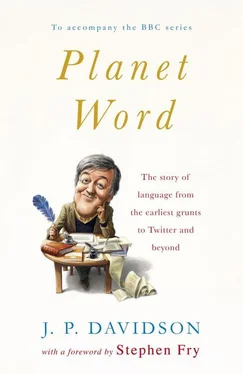



 (human), ri
(human), ri  (sun), shan
(sun), shan  (mountain), shui
(mountain), shui  (water), may be wholly pictorial in origin. Only around 4 per cent are pictographs, and 80–90 per cent are phonetic groupings consisting of a semantic radical element that indicates meaning and a phonetic element that indicates the pronunciation. There are about 214 radicals, and the rest of the characters are built upon them.
(water), may be wholly pictorial in origin. Only around 4 per cent are pictographs, and 80–90 per cent are phonetic groupings consisting of a semantic radical element that indicates meaning and a phonetic element that indicates the pronunciation. There are about 214 radicals, and the rest of the characters are built upon them.